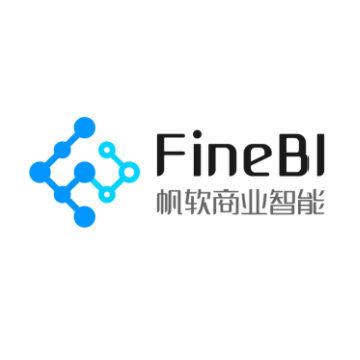前端与RabbitMQ的连接方式主要有两种:直接连接和通过代理服务器连接。
1. 直接连接
直接连接是指前端应用程序直接连接到RabbitMQ服务器,不经过任何中间层。这种连接方式适用于对性能要求较高的场景,因为数据可以直接从生产者(前端)传输到消费者(后端)。
在Python中,可以使用pika库来实现直接连接。以下是一个简单的示例:
```python
import pika
connection = pika.BlockingConnection(pika.ConnectionParameters('localhost'))
channel = connection.channel()
channel.queue_declare(queue='hello')
def callback(ch, method, properties, body):
print(" [x] Received %r" % body)
channel.basic_ack(delivery_tag=method.delivery_tag)
channel.basic_qos(prefetch_count=1)
channel.basic_consume(queue='hello', on_message_callback=callback, auto_ack=True)
print('Waiting for messages. To exit press CTRL+C')
channel.start_consuming()
```
在这个例子中,我们首先创建了一个到RabbitMQ服务器的连接,然后声明了一个队列(hello)。当有新的消息到达时,我们将打印出消息内容。最后,我们启动了消费过程。
2. 通过代理服务器连接
在某些情况下,直接连接到RabbitMQ服务器可能不方便或者不安全。这时,我们可以使用代理服务器来中转消息。代理服务器可以作为客户端和RabbitMQ服务器之间的桥梁,确保数据的传输安全性和可靠性。

在Python中,我们可以使用pika库和AMQP库来实现代理服务器连接。以下是一个简单的示例:
```python
import pika
import amqplib
# 连接到RabbitMQ服务器
connection = pika.BlockingConnection(pika.ConnectionParameters('localhost'))
channel = connection.channel()
# 声明队列
channel.queue_declare(queue='hello')
# 定义回调函数
def callback(ch, method, properties, body):
print(" [x] Received %r" % body)
channel.basic_ack(delivery_tag=method.delivery_tag)
# 创建AMQP连接
amqp = amqplib.Connection(['amqp://username:password@localhost'])
channel = amqp.channel()
# 绑定队列到通道
channel.queue_bind(exchange='', routing_key='', queue='hello')
# 开始接收消息
channel.basic_consume(queue='hello', on_message_callback=callback, auto_ack=True)
print('Waiting for messages. To exit press CTRL+C')
channel.start_consuming()
```
在这个例子中,我们首先连接到RabbitMQ服务器并声明了一个队列。然后,我们创建了一个AMQP连接,并将队列绑定到通道。最后,我们开始接收消息,并定义了一个回调函数来处理收到的消息。













